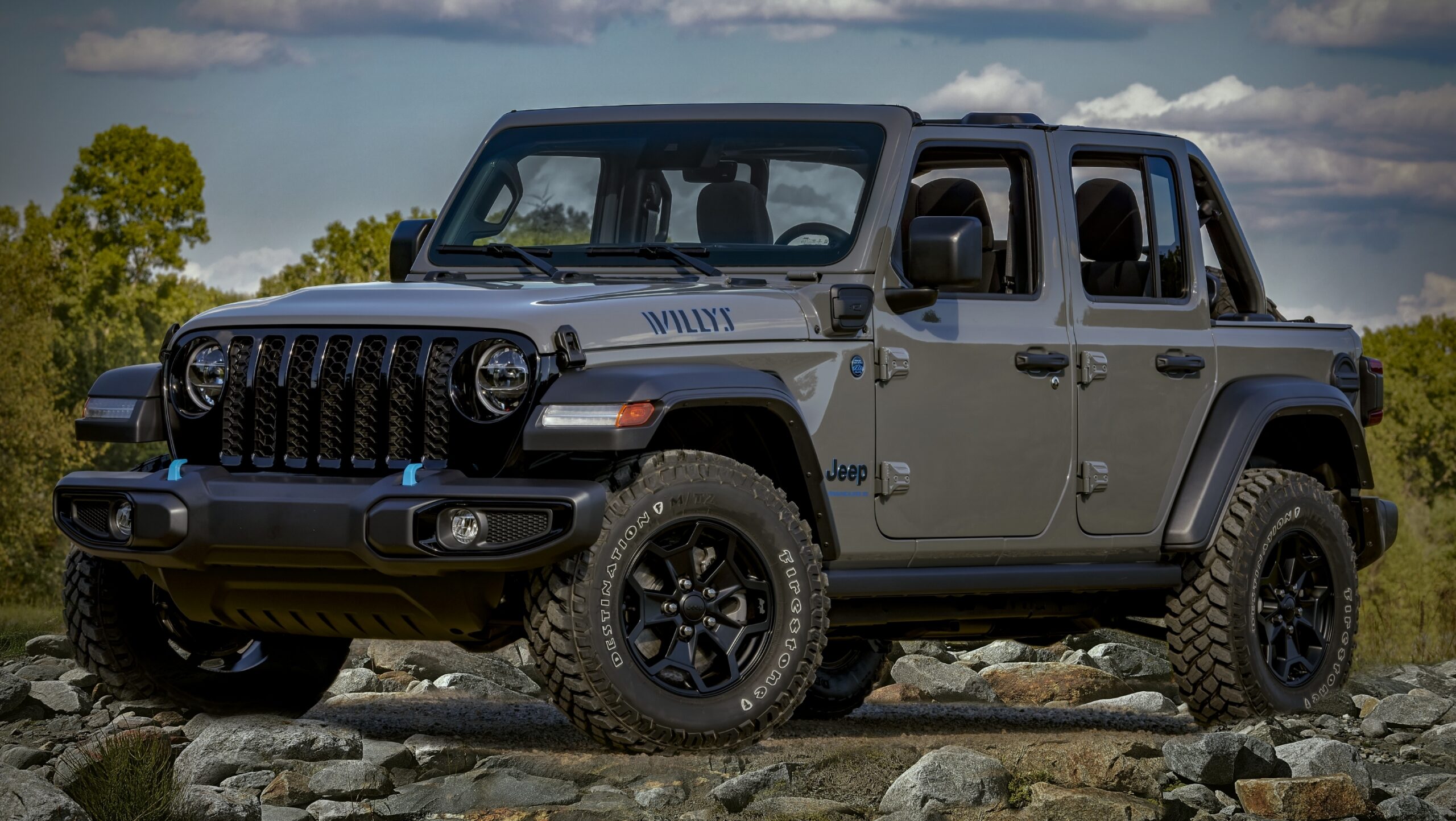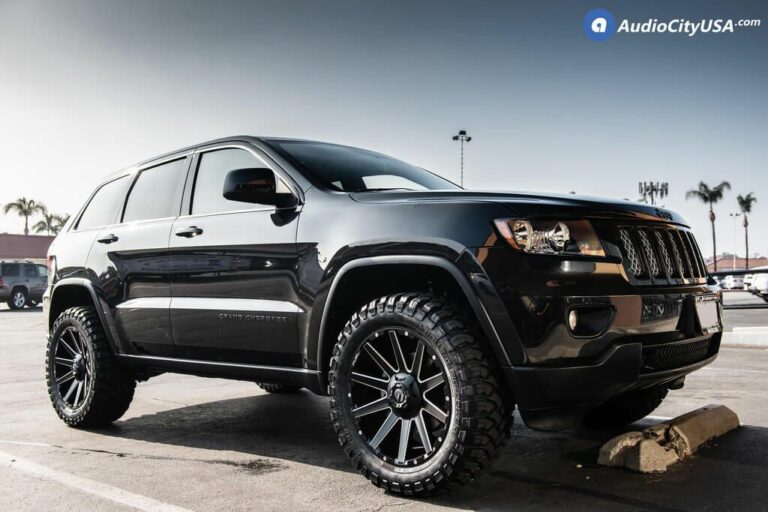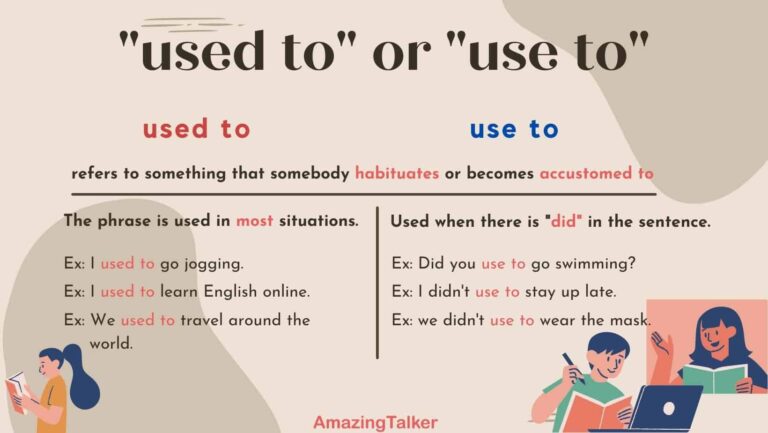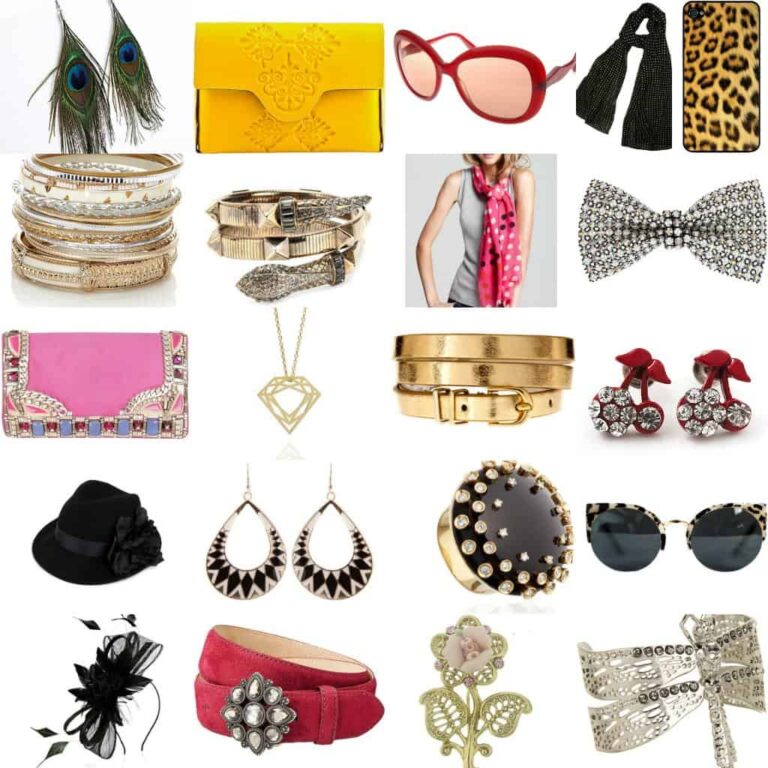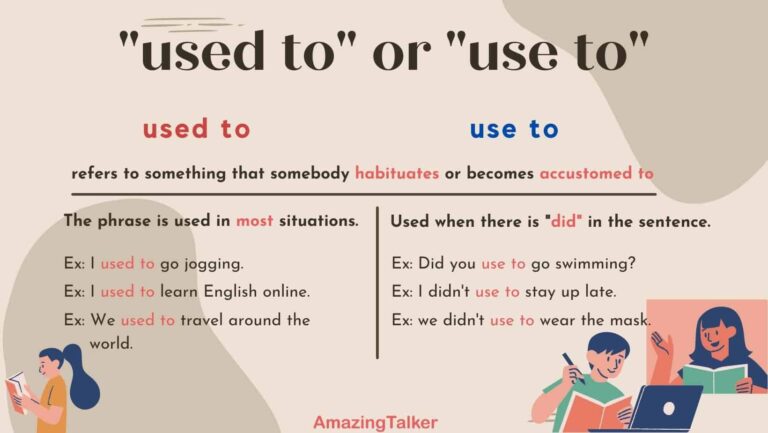Jeep JK Rims For Sale: A Comprehensive Buyer’s Guide
Jeep JK Rims For Sale: A Comprehensive Buyer’s Guide /jeeps.truckstrend.com
The Jeep Wrangler JK and JKU (model years 2007-2018) stands as an icon of off-road capability and on-road presence. A critical component that defines both its aesthetic and performance is its wheels, or "rims." Whether you’re looking to upgrade your JK’s appearance, accommodate larger tires for serious off-roading, or simply replace a damaged set, understanding the nuances of Jeep JK rims for sale is paramount. This guide will serve as your ultimate resource, navigating the diverse world of JK wheels, ensuring you make an informed decision that perfectly matches your lifestyle and your Jeep’s adventurous spirit.
Understanding Your Jeep JK’s Wheel Needs
Jeep JK Rims For Sale: A Comprehensive Buyer’s Guide
Before diving into the vast market of Jeep JK rims for sale, it’s crucial to grasp the fundamental specifications that dictate compatibility and performance. These aren’t just aesthetic choices; they directly impact handling, tire fitment, and even safety.
- Bolt Pattern (5×5 or 5x127mm): This is the absolute first thing to verify. All Jeep JK/JKU models utilize a 5-lug pattern with a 5-inch (or 127mm) bolt circle diameter. Any rim you consider must match this specification.
- Diameter (Inches): Common diameters for JK rims range from 16 inches up to 20 inches, and sometimes even larger.
- Smaller Diameters (16-17 inches): Often preferred for serious off-roading as they allow for a larger tire sidewall, providing more flexibility and cushioning over rough terrain, and reducing the risk of rim damage.
- Larger Diameters (18-20+ inches): More popular for street-oriented builds, offering a more aggressive look and often better on-road handling due to stiffer sidewalls, though at the expense of off-road comfort and capability.
- Width (Inches): Rim width typically ranges from 7 inches to 10 inches or more. The width must be appropriate for the tire you intend to mount. A general rule is that the rim width should be 70-80% of the tire’s tread width. Too narrow or too wide a rim can compromise tire performance and safety.
- Backspacing and Offset: The Critical Duo: These are perhaps the most misunderstood yet vital specifications when considering Jeep JK rims for sale.
- Backspacing: The distance from the mounting surface of the wheel to the wheel’s innermost edge. For a stock JK, backspacing is usually around 6.25 inches. For larger tires, especially with a lift kit, a lower backspacing (e.g., 4.5 inches or less) is often required to push the wheel further out, preventing rubbing against suspension components or the frame during turns or articulation.
- Offset: The distance from the mounting surface to the true centerline of the wheel.
- Positive Offset: The mounting surface is towards the outside of the wheel, pulling the wheel inward towards the vehicle.
- Zero Offset: The mounting surface is exactly at the wheel’s centerline.
- Negative Offset: The mounting surface is towards the inside of the wheel, pushing the wheel outward from the vehicle.
Most aftermarket JK wheels designed for larger tires will have a negative offset or low positive offset (which translates to lower backspacing) to achieve a wider stance and improve clearance.
- Load Rating: Especially important for heavily modified JKs, those carrying significant gear, or towing. Ensure the rim’s load rating exceeds your vehicle’s Gross Axle Weight Rating (GAWR) to maintain safety and structural integrity.

Types of Jeep JK Rims For Sale
The market offers a wide array of Jeep JK rims for sale, differentiated by material, construction, and specialized features. Each type has its own set of advantages and disadvantages.
- Material:
- Steel Rims: These are typically the most affordable and durable, making them a popular choice for budget-conscious buyers or those who prioritize ruggedness over weight savings. They are heavier than alloy wheels and offer fewer design options but can often be straightened if bent. Ideal for heavy-duty off-roading or winter setups.
- Aluminum Alloy Rims: The most common type of aftermarket rim. They are significantly lighter than steel, which can improve fuel economy, braking, and suspension performance. Alloy rims offer a vast range of aesthetic designs and finishes, and dissipate heat more effectively from brakes. While strong, they are more prone to cracking than bending under extreme impact.
- Construction:
- Cast Wheels: The most common and economical manufacturing process. Molten aluminum is poured into a mold. While strong enough for most applications, the casting process can lead to microscopic air bubbles, potentially reducing ultimate strength.
- Flow-Formed / Rotary Forged Wheels: A hybrid process where a cast wheel is spun and heated while rollers press the barrel, essentially stretching and compressing the aluminum. This results in a lighter and stronger wheel than standard cast, offering a good balance of performance and cost.
- Forged Wheels: The strongest and lightest wheels, but also the most expensive. They are made from a solid block of aluminum, heated, and then pressed into shape under extreme pressure. This aligns the metal’s grain structure, creating an incredibly dense and durable product with superior strength-to-weight ratio.
- Beadlock Wheels: A specialized type of rim designed for extreme off-roading. True beadlock wheels feature an outer ring that physically clamps the tire bead to the rim, preventing the tire from de-beading (coming off the rim) when running very low tire pressures (e.g., 5-8 PSI) for maximum traction. These are generally not DOT-approved for street use due to their complexity and maintenance requirements. Many "simulated beadlock" wheels are available that offer the aggressive look without the functional beadlock mechanism, which are street-legal.
Benefits of Upgrading Your JK Rims
Investing in new Jeep JK rims for sale offers more than just a fresh look:
- Enhanced Aesthetics and Personalization: Rims are a major visual component, allowing you to dramatically change your JK’s character, from sleek and urban to rugged and aggressive.
- Improved Off-Road Performance: Properly chosen rims (e.g., with optimal backspacing for tire clearance, or beadlocks for extreme low-pressure wheeling) can significantly enhance your JK’s capability on trails.
- Accommodation of Larger Tires: Most owners upgrade rims specifically to fit larger diameter and wider tires, which provide increased ground clearance and a larger contact patch for off-road traction.
- Potential for Improved On-Road Handling: Lighter alloy wheels reduce unsprung weight, which can lead to better acceleration, braking, and a more responsive feel. Appropriate offset can also improve stability.
- Increased Durability and Strength: Aftermarket rims, especially forged or heavy-duty cast options, are often designed to withstand more abuse than factory wheels.
Where to Find Jeep JK Rims For Sale
The market for Jeep JK rims for sale is robust, offering both new and used options:
- New Rims:
- Online Retailers: Websites like Quadratec, ExtremeTerrain, 4 Wheel Parts, Summit Racing, and direct manufacturer sites (Fuel Off-Road, Method Race Wheels, KMC, etc.) offer vast selections, competitive pricing, and shipping.
- Local Off-Road Shops: Many specialized Jeep and 4×4 shops carry a selection of popular brands and can offer expert advice and installation services.
- Dealerships: While typically more expensive, Mopar and Jeep dealerships can order OEM or Mopar-approved aftermarket rims.
- Used Rims:
- Online Marketplaces: Facebook Marketplace, Craigslist, and eBay are excellent sources for used Jeep JK rims for sale. You can often find great deals, especially from individuals upgrading their own Jeeps.
- Jeep Forums and Classifieds: Dedicated Jeep forums (e.g., JK-Forum.com, JeepGarage.com) often have classified sections where members sell parts. This can be a good source for well-maintained items from enthusiasts.
- Local Swap Meets and Events: Jeep shows and off-road swap meets are great places to find used parts and connect with other enthusiasts.
Pros and Cons of New vs. Used:
- New: Full warranty, perfect condition, latest designs, peace of mind. Higher cost.
- Used: Significant cost savings, quick availability. Risk of hidden damage (cracks, bends), no warranty, potentially older styles. Always inspect used rims thoroughly before purchase.
Key Considerations When Buying Jeep JK Rims
Making the right choice among the many Jeep JK rims for sale requires careful thought:
- Budget: Rims can range from a few hundred dollars per wheel to over a thousand. Factor in not just the rim cost, but also potential costs for new tires, lug nuts, TPMS sensors (if not transferable), and installation. Often, wheel and tire packages offer better value.
- Intended Use: Will your JK be a daily driver, a light trail explorer, or a dedicated rock crawler? Your intended use should heavily influence your choice of material, construction, and features like beadlocks.
- Tire Size Compatibility: Rims and tires must be perfectly matched. Decide on your desired tire size before buying rims, as this dictates the necessary rim width, diameter, and critical backspacing/offset.
- Lift Kit and Suspension: If you’re running larger tires, a lift kit is almost certainly required. The lift height, combined with the rim’s backspacing/offset, determines tire clearance and prevents rubbing.
- Brake Clearance: While less common with JK, some aftermarket brake kits or specific rim designs might interfere with brake calipers. Always double-check fitment.
- Maintenance and Care: Consider the finish. Polished or chrome rims require more frequent cleaning to prevent pitting and corrosion, especially in harsh climates. Powder-coated or painted finishes are generally more durable.
- Resale Value: Popular brands and classic designs tend to hold their value better if you plan to sell your JK or upgrade your wheels again in the future.
Installation and Maintenance Tips
Once you’ve acquired your ideal Jeep JK rims for sale, proper installation and ongoing maintenance are crucial for longevity and safety:
- Professional Installation Recommended: While DIY is possible, professional mounting and balancing ensure the tires are seated correctly and the wheels are perfectly balanced, preventing vibrations and uneven tire wear.
- Torque Specifications: Always use a torque wrench to tighten lug nuts to the manufacturer’s specified torque (typically 95-100 ft-lbs for a JK). Overtightening can stretch studs, while undertightening can lead to loose wheels. Re-torque after 50-100 miles of driving.
- Balancing: Ensure the wheels and tires are properly balanced. This prevents vibrations, reduces wear on suspension components, and improves ride quality.
- Regular Cleaning: Wash your rims regularly to remove dirt, brake dust, and road salts that can damage the finish. Use appropriate wheel cleaners for your rim’s material and finish.
- Inspect for Damage: Periodically check your rims for any signs of cracks, bends, or other damage, especially after off-road excursions. Even minor damage can compromise safety.
Practical Advice and Actionable Insights
- Measure Twice, Buy Once: Do your research meticulously. Verify every dimension and specification. Consult with reputable off-road shops or experienced JK owners if you’re unsure.
- Don’t Skimp on Quality: Rims are a critical safety component. While budget is a factor, avoid extremely cheap, no-name brands that may compromise on strength and durability.
- Consider Wheel and Tire Packages: Many retailers offer complete wheel and tire packages. These often come mounted and balanced, saving you time and potentially money, while ensuring compatibility.
- Verify Hub Bore: Ensure the rim’s center bore matches or is larger than the JK’s hub. If larger, hub-centric rings may be required to ensure proper centering and prevent vibrations.
- New Lug Nuts? Aftermarket rims often require different lug nuts (e.g., conical seat vs. spherical seat) than factory ones. Always purchase new lug nuts that are compatible with your new rims.
Price Table: Estimated Costs for Jeep JK Rims For Sale
This table provides a general range for Jeep JK rims for sale. Prices can vary significantly based on brand, material, finish, and current market conditions.
| Brand/Model Example | Size (Diameter x Width) | Type (Material/Construction) | Est. Price Range (New per rim) | Est. Price Range (Used per rim) | Notes |
|---|
